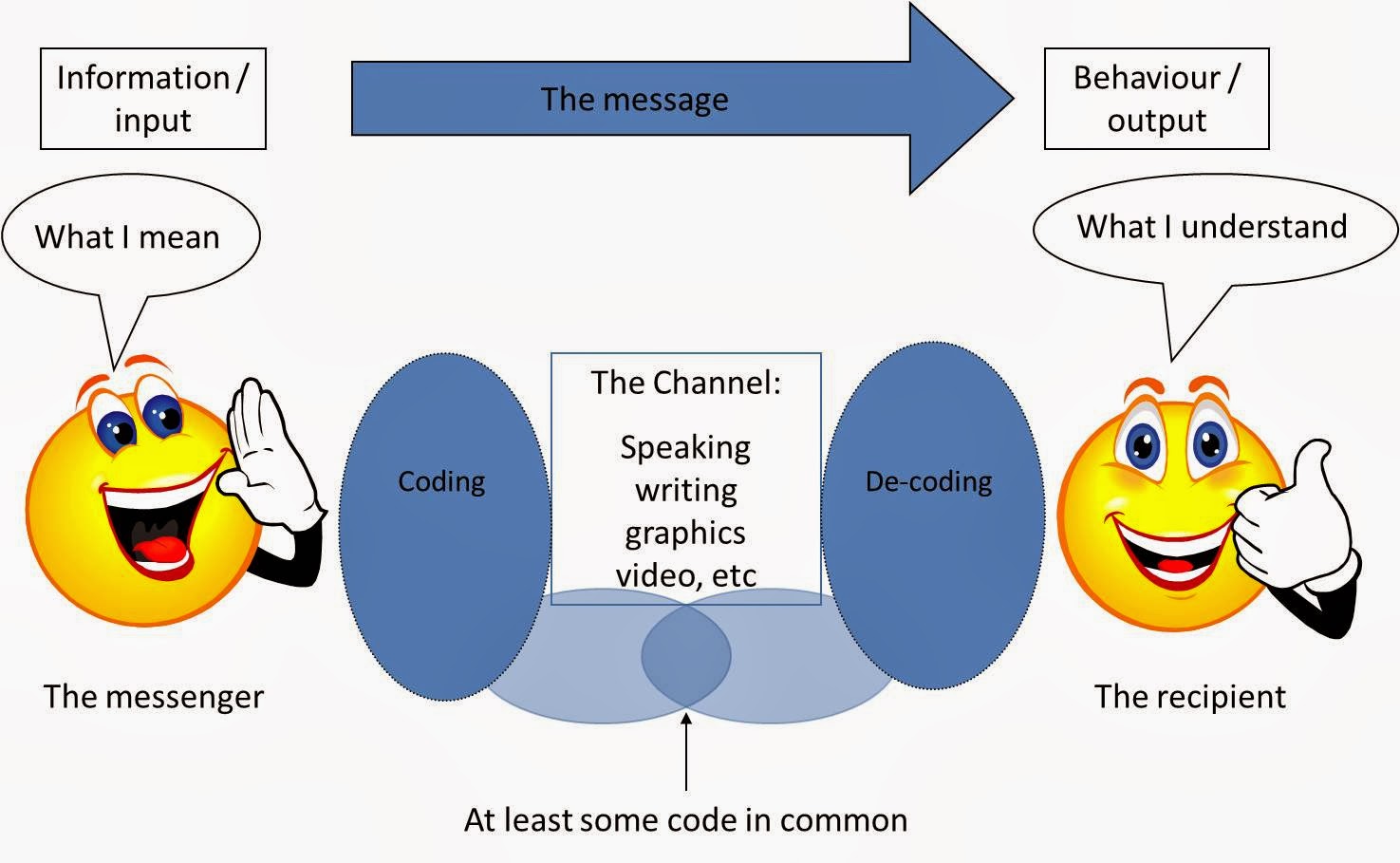Comparison between Qualitative and Quantitative Research Methods
Understanding the differences between qualitative and quantitative research methods is crucial for researchers to choose the appropriate approach for their studies. Below is a detailed comparison presented in a tabular format, highlighting key distinctions with examples relevant to the Indian context.
|
Point
of Comparison |
Qualitative
Research |
Quantitative
Research |
|
Purpose |
To explore and
understand underlying reasons, opinions, and motivations. It aims to provide
insights into the problem and develop ideas or hypotheses. |
To quantify data and
generalise results from a sample to the population of interest. It aims to
measure the incidence of various views and opinions. |
|
Approach |
Interpretive,
inductive, and naturalistic. Focuses on understanding phenomena from a close
perspective. |
Structured, deductive,
and statistical. Tests hypotheses through measurable data. |
|
Nature of Data |
Non-numerical data such
as words, images, or objects. |
Numerical data that can
be quantified and subjected to statistical analysis. |
|
Data Collection Methods |
- Interviews:
Open-ended questions. |
- Surveys and
Questionnaires: Structured tools with closed-ended questions. |
|
Data Analysis |
- Thematic Analysis:
Identifying patterns and themes. |
- Statistical
Analysis: Using mathematical techniques to test hypotheses. |
|
Sample Size |
Small,
non-representative samples focused on depth of understanding. |
Large, representative
samples to allow generalisation. |
|
Generalisability |
Findings are specific
to the context and not usually generalisable to the wider population. |
Aims for findings to be
generalisable to the population. |
|
Researcher's Role |
The researcher is an
active participant, often interacting closely with participants. Subjectivity
is acknowledged. |
The researcher
maintains an objective stance, minimising interaction to avoid influencing
results. |
|
Flexibility |
Research design is
flexible and can evolve during the study. |
Research design is
fixed and predetermined before data collection begins. |
|
Outcome |
Provides rich, detailed
understanding of phenomena. Generates ideas and theories. |
Provides numerical data
and statistical models. Tests existing theories and hypotheses. |
|
Validity and
Reliability |
Trustworthiness is
established through credibility, transferability, dependability, and
confirmability. |
Emphasises validity
(accuracy) and reliability (consistency) through standardised measurements
and statistical tests. |
|
Examples in Indian
Context |
- Ethnography:
Living in a tribal community in Odisha to study their ecological knowledge
and practices. |
- Experimental
Research: Testing the impact of a new agricultural technique on crop
yields in Punjab through controlled field trials. |
|
Data Representation |
Presented in textual
form, including quotes, narratives, and themes. |
Presented in numerical
form, including tables, graphs, and statistical summaries. |
|
Time Required |
Often time-consuming
due to in-depth data collection and analysis. |
Can be quicker due to
structured data collection and the use of software for analysis. |
|
Resource Requirements |
May require fewer
material resources but significant time and interpersonal skills. |
May require more
financial resources for large samples, tools, and technology. |
|
When to Use |
- When exploring new or
complex phenomena. |
- When testing
hypotheses or measuring variables. |
Summary:
- Qualitative Research is ideal for
gaining deep insights into human behaviour, motivations, and cultural
contexts. It is subjective and exploratory, focusing on understanding
phenomena from the participants' perspectives. Examples include
ethnographic studies, phenomenological research, and case studies within
the Indian context.
- Quantitative
Research
is suitable for testing hypotheses and measuring variables to generalise
findings. It is objective and employs statistical methods to analyse
numerical data. Examples include surveys, experiments, and correlational
studies relevant to India.
Final
Thoughts:
Both
qualitative and quantitative research methods have their strengths and are
often complementary. In the Indian context, where diversity in culture,
language, and social practices is vast, combining both methods can provide a
comprehensive understanding of research problems. Researchers should consider
their research questions, objectives, and the nature of the phenomena under
study when choosing between or integrating these methods.



Comments
Post a Comment